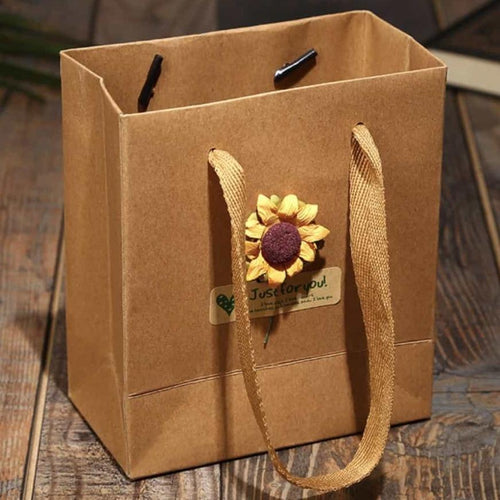Beekeeping (or apiculture) is the maintenance of bee colonies, commonly in man-made hives, by humans. A location where bees are kept is called an apiary or "bee yard".
Experienced beekeepers know that maintaining a beehive may be more challenging than installing it. Beehive care and maintenance is supposed to start immediately after the installation work is completed, as careful maintenance will create favorable conditions for the honey bees.
Bare in mind that beehive care and maintenance varies greatly, depending on the season and the type of the hive.
Here are some tips that will help you understand how to take a better care of your own beehive:
1. Provide Adequate Ventilation for Your Beehive
Honey bees work best with a warm hive, but you don't want your colony to overheat.
Proper ventilation is a great way to protect your hives from the summer heat and the overwhelming humidity and condensation it might bring.
2. Protect Your Hive from Wild Animals
Wild animals such as bears, raccoons, skunks, and mice are well known to be a big threat to the honey bees.
To control bears, you can install a strong fence around your hive.
Raccoons are not as disastrous as bears, but they are still a big problem in beekeeping. They are well known to access the interior of a hive from the top side, so you can deal with them by placing a big stone on the top cover.
Skunks and mice also destroy beehives. Mice, in addition, build nests on the structures, interfering with the bees. You may want to place your hive on an elevated stand. As for the mice, you need to install a mouse guard at the hive entrance.
3. Install Entrance Blocks in Winter
Entrance blocks are used to narrow the hive openings. They prevent heat loss in winter, while allowing adequate ventilation. They also prevent strange bees and other insects from accessing the hive interior.
The bees won’t be coming and going as much as the weather cools, this smaller entrance hole blocks some of the weather (cold, wind, water) from getting to the bees.
4. Install a Rain Cover
It’s a well-known fact that rainwater can damage wooden hives and even kill the bees. The sun's heat can also damage your hive, so it’s better to keep it covered!
5. Check regularly for pests and diseases
Varroa mites are the pest most typically found in hives. Left unchecked, they can cripple and eventually kill the hive. Other pests you need to watch for include the small hive beetle and the wax moth. Diseases you need to be on the lookout for are American and European foulbrood. Early intervention can often mean the difference between a healthy hive and a dead hive.
And remember: as a beginner beekeeper you will always learn. If you stop learning you are doing it wrong!
Join a local beekeeping organization, even if they don't favor your methods or your beekeeping philosophy. Work to educate them about your techniques and you might win an adapter.
Sources:
1. Den Garden
2. Moneen M.J., Nabors R.A., Flernoy J. "Beekeeping Tips for Beginners." University of Missouri
A portion of every purchase at Bee Kind Shop is donated to non-profit organizations that help save bee colonies around the globe.












